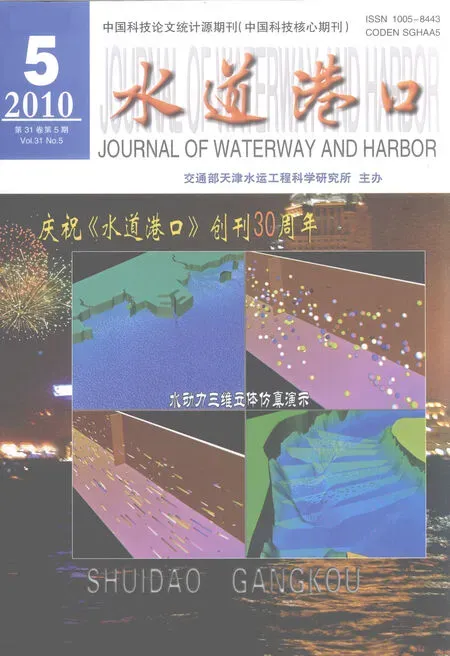Local scour at submarine pipelines
Yee-Meng Chiew
(School of Civil and Environmental Engineering,Nanyang Technological University,Nanyang Avenue 639798,Singapore)
The rapid development of offshore oilfields has increased the number of submarine pipelines being constructed for the transport of crude oil to onshore refineries.Interactions between the pipeline and an erodible bed under the influence of current and waves often lead to local scouring around the structure.When this occurs,the pipeline may be suspended on the seabed resulting in the formation of a span.If the free span is long enough,the pipe may experience resonant flow-induced oscillations,leading to structural failure.This study examines the complex flow-structure-sediment interaction leading to the development of local scour holes around submarine pipelines.It reviews published literature in this area,which primarily is confined to the development of 2-dimensional scour holes.Despite the abundance of such research studies,pipeline-scour in the field essentially is 3-dimensional in nature.Hence,most of these studies have overlooked the importance of the transverse dimension of the scour hole,while emphasizing on its vertical dimension.This clearly is an issue that must be re-examined in light of the potential hazard and environmental disaster that one faces in the event of a pipeline failure.Recent studies have begun to recognize this shortcoming,and attempts have been made to overcome the deficiency.The study presents the state-of-the-art knowledge on local scour at submarine pipelines,both from a 2-dimensional as well as the 3-dimensional perspective.
scour;sediment transport;submarine pipeline;offshore pipelines

